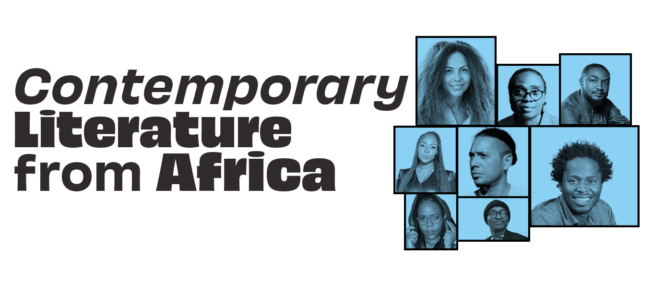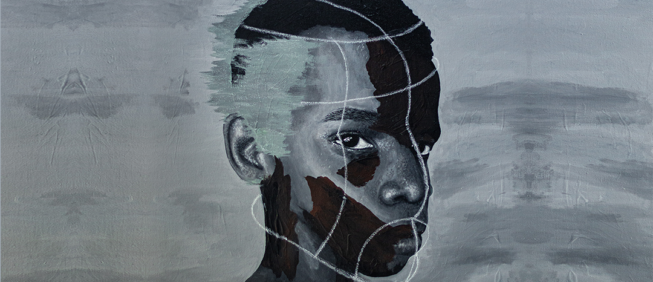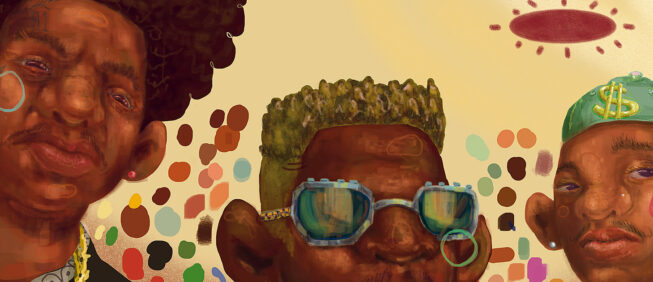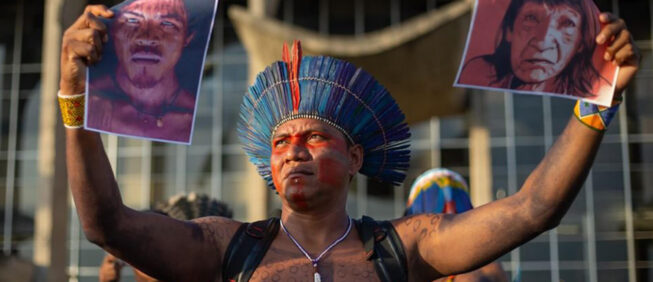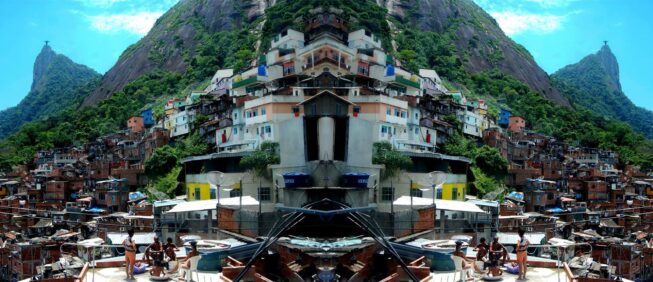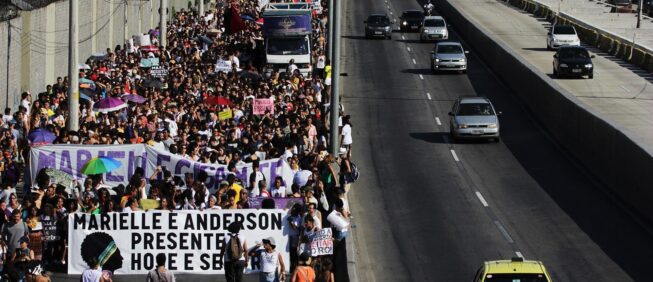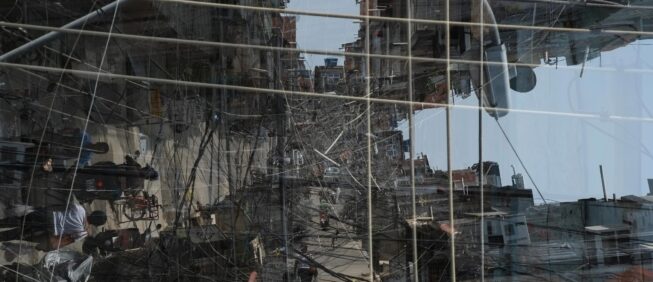Dwelling
Socio-spatial living conditions of Nepali migrants in Kuala Lumpur
Seng-Guan Yeoh
| Malaysia |
August, 2023
Like for many other foreign migrant workers in Malaysia, Nepalis similarly have to adapt to an alien mode of human existence quite different from familiar rural ones back in their home countries. In the Heideggerian sense, their “dwelling” is transformed if not undermined.
Typically, their bodies, soul, and imagination are re-calibrated in order to square with new temporal working rhythms (industrial clock time, long hours) and socio-spatial living conditions (congested, segregated, and disciplined) even as their monetised labour allow them to remit precious cash to their households as tokens of economic uplift.1 For a recent overview of the dire housing situation for foreign migrant workers in Malaysia, see https://www.mideq.org/en/blog/covid-19-and-housing-migrant-workers-malaysia/

A bedroom of a Nepali-only male dormitory located in a 4-storey shophouse in Shah Alam, Malaysia. This room sleeps 4 persons. Some shophouse dormitories owned by factories can accommodate as high as 18 individuals sharing two toilets and three or four makeshift shower rooms. In expensive rented accommodation provided by businesses within Kuala Lumpur city centre, reports of two individuals working on 12-hour shifts taking turns sharing the same bed bunk are not uncommon.
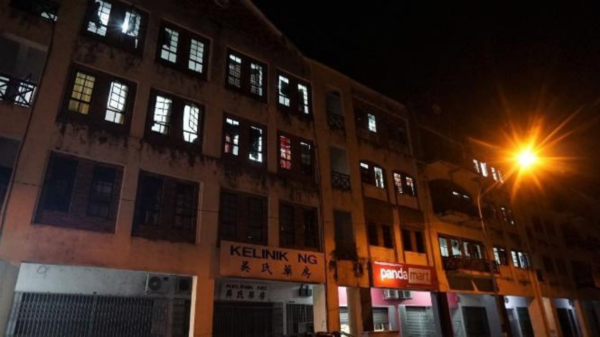
The exterior of a row of shophouses used as dormitories for foreign migrant factory workers in Muar, Malaysia. These dormitories are segregated not only according to gender but also along nationalities. In precincts, where the foreign worker population is high, there would be small sundry shops purveying an array of food items (like spices) and consumer goods from the homeland, remittance offices, modest eateries, and vendors selling mobile phones and mobile data schemes.
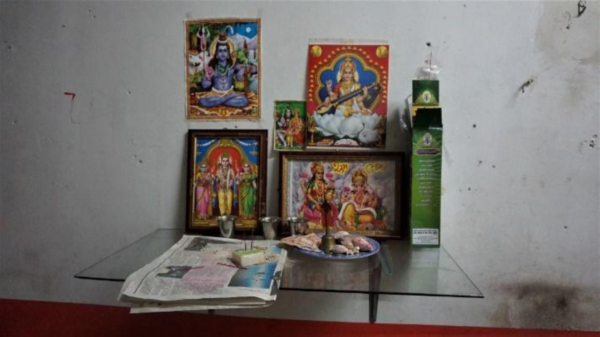
Small makeshift Hindu shrines like these are common in factory dormitories and rented accommodation where Nepali migrant workers are found. It is the only artefact allowed by employers and images of family members, celebrities, and their homeland (like the majestic Himalayas) are usually forbidden to be pasted on the walls. Under these restrictive and spartan conditions, the mobile phone becomes an important privative device for not only communication with family members back home but also for nourishing the soul and imagination.
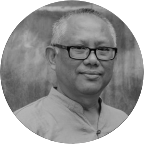
Seng-Guan Yeoh | MALAYSIA |
Urban anthropologist who does fieldwork in Malaysia, the Philippines and Indonesia. He researches on the intersections between cities, religion, migration and civil society in Southeast Asia. He also makes ethnographic documentaries.
He holds a PhD from the University of Edinburgh, Scotland. Seng-Guan was an Evans Postdoctoral Fellow at the Department of Social Anthropology, University of Cambridge and a Senior Fellow of the Nippon Foundation for Asian Public Intellectuals. He is currently an Associate of the UNESCO Chair in Inter-religious and Inter-cultural Relations, Asia-Pacific Region held by Emeritus Professor Gary Bouma.
